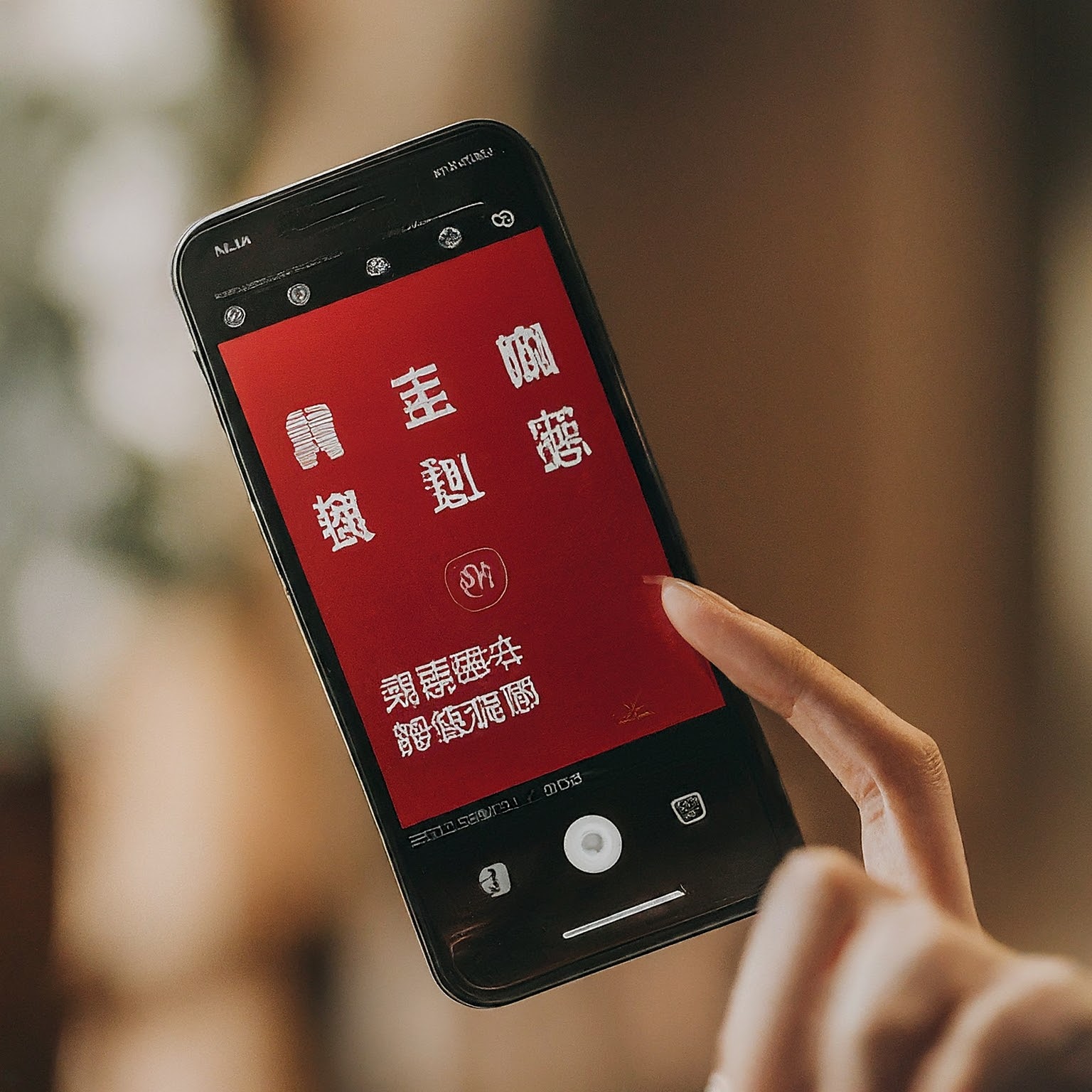Navigating the world of international communication can be tricky, and understanding Chinese phone number formats is no exception. Whether you’re doing business with a Chinese company, planning a trip, or connecting with friends and family, knowing the ins and outs of Chinese phone numbers is crucial.

Basic Structure of Chinese Phone Numbers
Chinese phone number formats consist of 11 digits. However, there are key differences between landline and mobile phone numbers.
Landline Phone Numbers
- Area Code: 2-3 digits, varying based on the city or region.
- Subscriber Number: 7-8 digits, identifying the individual line.
For example, a landline number in Beijing might look like this:
010 (Area Code) – 8765 4321 (Subscriber Number)
Mobile Phone Numbers
- Network Identifier: 3 digits, indicating the carrier (e.g., China Mobile, China Unicom, China Telecom).
- Remaining Digits: 8 digits, a combination of area code and subscriber number (not always distinguishable).
Here’s an example of a mobile number:
139 (Network Identifier) – 1234 5678 (Remaining Digits)
Dialing Chinese Phone Numbers: Domestic vs. International
Domestic Calls
- Within the Same Area Code: Simply dial the subscriber number (7-8 digits).
- Different Area Codes: Dial the area code followed by the subscriber number.
International Calls
- From Abroad: Dial your country’s exit code, then 86 (China’s country code), followed by the full phone number (including the area code for landlines).
- From China: Dial 00 (international access code), then the country code and phone number.
Chinese Phone Number Format Variations
Special Service Numbers
China has various special service numbers, often starting with 10 (e.g., 10086 for China Mobile customer service). These are usually shorter than standard phone numbers.
Toll-Free Numbers
Chinese phone number formats for toll-free services typically start with 800 or 400.
VoIP Numbers
Voice over Internet Protocol (VoIP) numbers may have varying formats, often resembling landline numbers but with a different prefix.
Recent Developments and Trends
Number Portability
Number portability, allowing users to keep their number when switching carriers, has become increasingly common in China. This means that the network identifier (first three digits) may not always accurately reflect the current carrier.
Virtual Numbers
The rise of virtual numbers is another trend, offering flexibility and additional features like call forwarding. These numbers may have different formats from traditional landlines or mobile numbers.
Tips and Best Practices
- Save Area Codes: When saving contacts, include the area code, even if you’re in the same region. It avoids confusion when calling different areas.
- Country Code is Key: If you’re dialing from abroad, don’t forget China’s country code (86).
- Verify the Number: Double-check the number before dialing, especially when using information from online sources or business cards.
- Local SIM Cards: If you’re staying in China for an extended period, consider getting a local SIM card for more affordable communication.
Chinese Phone Number Format: A Tool for Connection
Understanding the nuances of the Chinese phone number format is a valuable skill for anyone interacting with China. By mastering the basics and staying aware of the latest trends, you can confidently communicate and build connections in this dynamic country.
لا تعليق